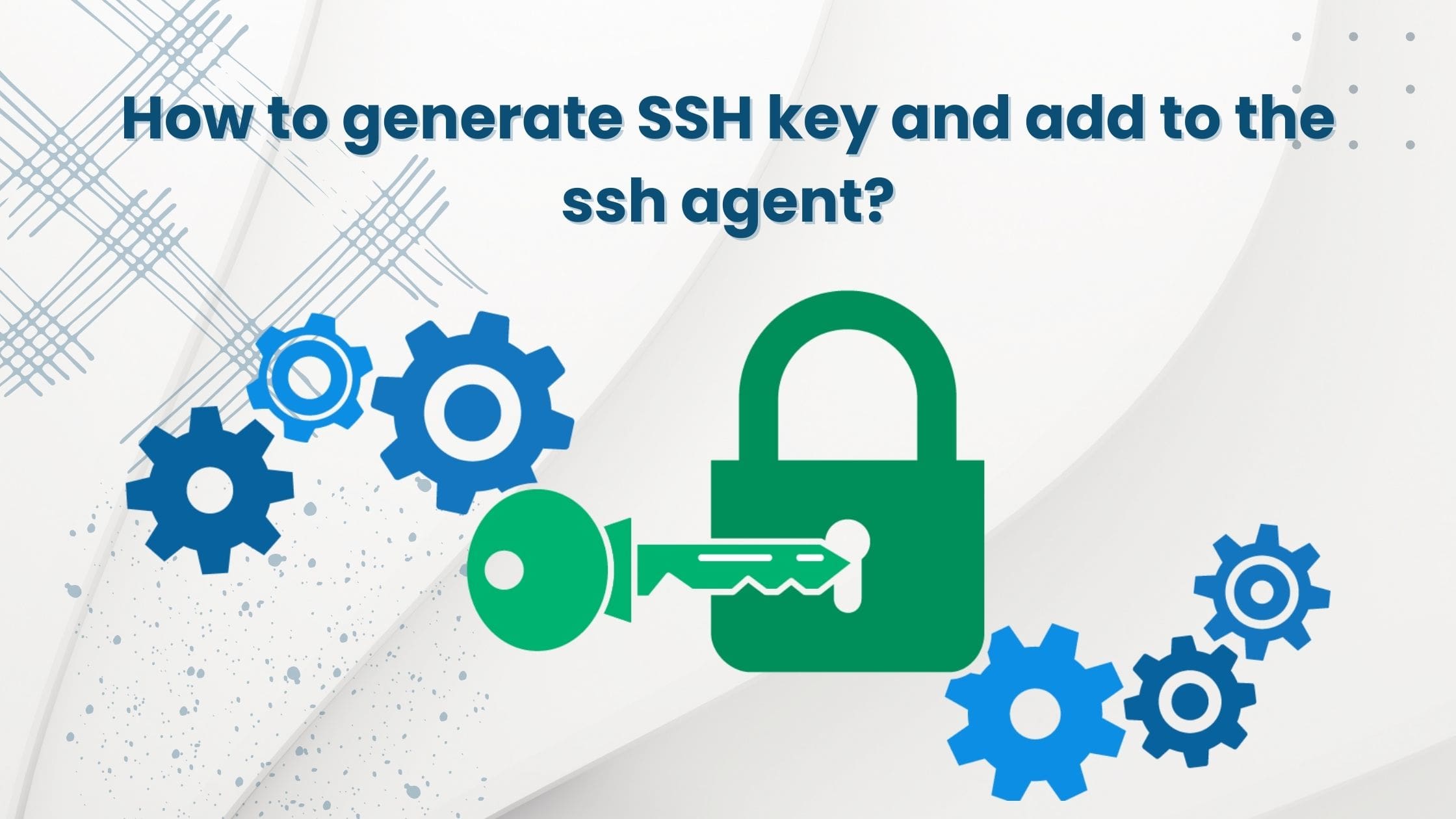Generating a new SSH key and adding it to the ssh-agent
 Nehal Ingole
Nehal Ingole
Introduction
Secure Shell (SSH) keys provide a secure way to authenticate your identity when connecting to remote servers or repositories. Managing SSH keys is essential for secure communication over networks. In this guide, we'll walk you through the process of generating a new SSH key and adding it to the SSH-agent on a Windows operating system.
Step 1: Installing Git Bash (if not already installed)
If you don't have Git Bash installed on your Windows system, you can download and install it from the official Git website (https://git-scm.com/). Git Bash provides a Unix-like command-line environment that includes Git command-line tools and a Bash emulator.
Step 2: Generating a New SSH Key
Open Git Bash by searching for it in the Start menu or by right-clicking in a folder and selecting "Git Bash Here".
Once Git Bash is open, use the following command to generate a new SSH key:
ssh-keygen -t rsa -b 4096 -C "your_email@example.com"Replace
"your_email@example.com"with your email address associated with your Git account. You can also specify a different file path for the key if needed.Press Enter to accept the default file location or provide a custom location for saving the SSH key.
You'll be prompted to enter a passphrase. While optional, adding a passphrase adds an extra layer of security to your SSH key.
Step 3: Starting the SSH-Agent
Once the SSH key is generated, you need to start the SSH-agent. In Git Bash, run the following command:
eval $(ssh-agent -s)This command starts the SSH-agent and sets up the necessary environment variables.
Step 4: Adding the SSH Key to the SSH-Agent
Use the
ssh-addcommand to add your SSH private key to the SSH-agent:ssh-add ~/.ssh/id_rsaReplace
~/.ssh/id_rsawith the path to your private key if it's located in a different directory.If you've set a passphrase for your SSH key, you'll be prompted to enter it.
Step 5: Verifying the SSH Key Addition
To verify that your SSH key has been successfully added to the SSH-agent, you can run the following command:
ssh-add -lThis command lists the fingerprints of all identities currently represented by the SSH-agent.
Conclusion
In this guide, we've covered the process of generating a new SSH key and adding it to the SSH-agent on a Windows system using Git Bash. By following these steps, you can securely manage your SSH keys and authenticate your identity when connecting to remote servers or repositories.
Connect with us:
Hashnode: https://hashnode.com/@Nehal71
Twitter : https://twitter.com/IngoleNehal
Subscribe to my newsletter
Read articles from Nehal Ingole directly inside your inbox. Subscribe to the newsletter, and don't miss out.
Written by

Nehal Ingole
Nehal Ingole
🚀 Greetings World! 🌐 Meet a dynamic Frontend Developer, UI/UX Designer, and avid explorer of Cloud & DevOps realms! Uncover the journey of a professional deeply passionate about crafting seamless user experiences, designing visually stunning interfaces, and navigating the cloud with a DevOps mindset. 🔧 Skills Snapshot: Frontend Mastery: HTML, CSS, and JavaScript expert, specializing in React, Angular, and Vue.js. Design Wizardry: Proficient in wireframing, prototyping, and Adobe Creative Suite and Figma for captivating designs. Cloud Maestro: Fluent in AWS, Azure, and Google Cloud Platform, adept at architecting scalable solutions. DevOps Guru: Skilled in Docker, Kubernetes, Jenkins, and Git, contributing to efficient development workflows. 🔗 Let's Connect: Open to collaborating on exciting projects and sharing industry insights, I invite connections for networking or discussions. Reach out for potential collaborations. 📧 Contact Me: GitHub: GitHub Profile Email: nehalingole2001@gmail.com Mobile: 7397966719 Figma: Figma Profile Twitter: Twitter Profile HashNode: HashNode Profile LinkedIn : LinkedIn Profile